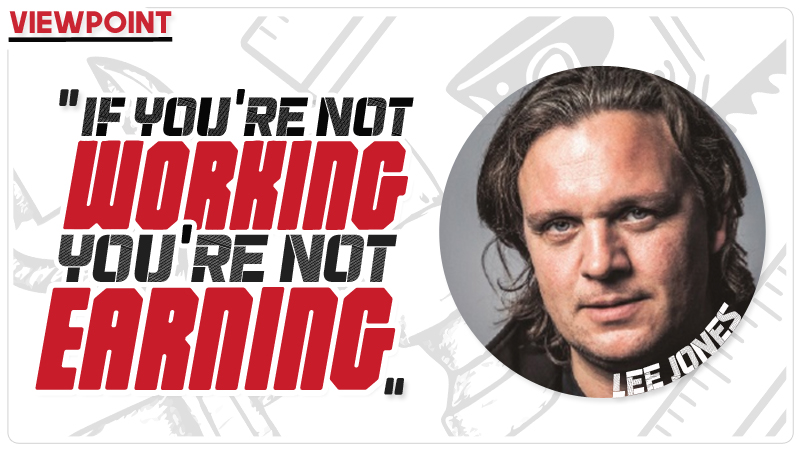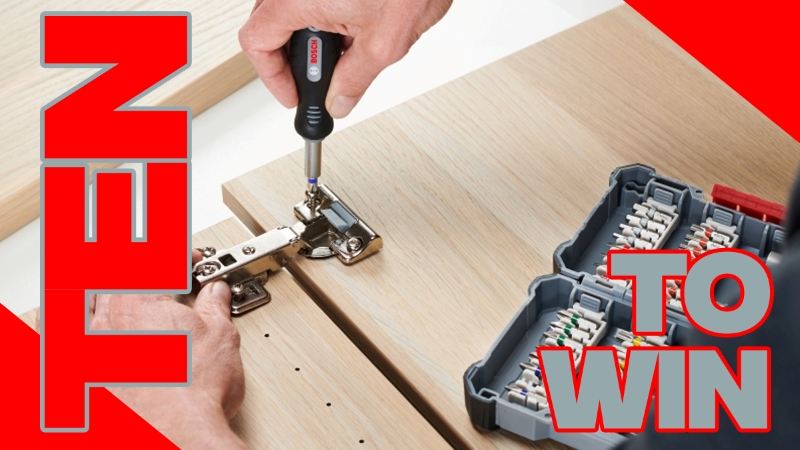It is often the case that tradespeople consider safety equipment and PPE as a hindrance rather than an essential part of the job. Working from a ladder for an extended period instead of erecting a scaffold platform or tower looks like a time saver. Adding more layers, such as hi vis, is not an attractive proposition, particularly in the summer months, and cutting a few roof tiles or bricks without wearing a mask can’t do much harm.
It is in the last of these scenarios – where the threats are cumulative, and might not be felt for many years, where complacency creeps in. Kneeling on a hard surface for just a moment or lifting a heavy load without adhering to the proper technique, is certainly not a guarantee of debilitating injury but add all those instances together and bursitis or lower back pain will follow. Sadly, no matter which part of the body is impacted, once the damage is done there’s rarely any going back – and a lifetime of discomfort is your destiny.
This month the British Safety Industry Federation (BSIF) is launching a PPE Saves Lives campaign, details of which can be found on page 8 of this edition. The not-for-profit organisation is championing protection of every class, whether that is safety glasses, gloves, noise abatement technologies or the correct footwear.
It’s an issue that should resonate with local jobbing builders because it is at this level of the industry that non-compliance is most glaring. In the days when the Health & Safety Executive (HSE) enjoyed greater funding it undertook an annual campaign that targeted repair, maintenance and improvement projects, including the likes of extensions and loft conversions. These are the kind of jobs where the chances of a visit from an inspector would ordinarily be vanishingly small – a fact that that was reflected in the results.
At that time nearly half of the sites that were scrutinised were served enforcement notices – and there’s no reason to conclude that the culture has changed in the intervening years. Paradoxically, it is the self-employed who will suffer the most if the worst does happen. If you’re not working, you’re not earning. Accident and injury insurance cover is still not taken out by the majority of builders, and if it’s one of your employees who is the victim then the potential legal action can be ruinous.
On larger sites the entire project is now locked down, with evidence of PPE demanded. Every individual, even visitors, are required to undertake site inductions and, whilst accidents and even fatalities do still occur, considerable improvements have been made. It is worth pondering on whether an injury you or a fellow builder suffered previously could not have been prevented by following the same precepts and adding a layer of protection about your person?
Once you have taken the decision to play it safe, the journey doesn’t end there either. It’s then essential that a reputable supplier is sourced. The Ladder Association continues to highlight the number of unsafe working at height solutions purchased from some of the world’s largest online platforms. Not only do these fail to comply with the necessary regulations, what is more worrying is that – in order to deceive unwitting consumers – they are falsely labelled with the correct certification. The answer, of course, is to obtain your PPE from retailers you can trust and that includes your local builders’ merchant.
Today, tradespeople can access workwear, PPE or working at height equipment that has been developed with advanced technologies. From safety boots to hard hats and everything in between, PPE is more comfortable and fit for purpose than ever before. If you choose not to partake of it then regret is not the only pain you run the risk of experiencing.












